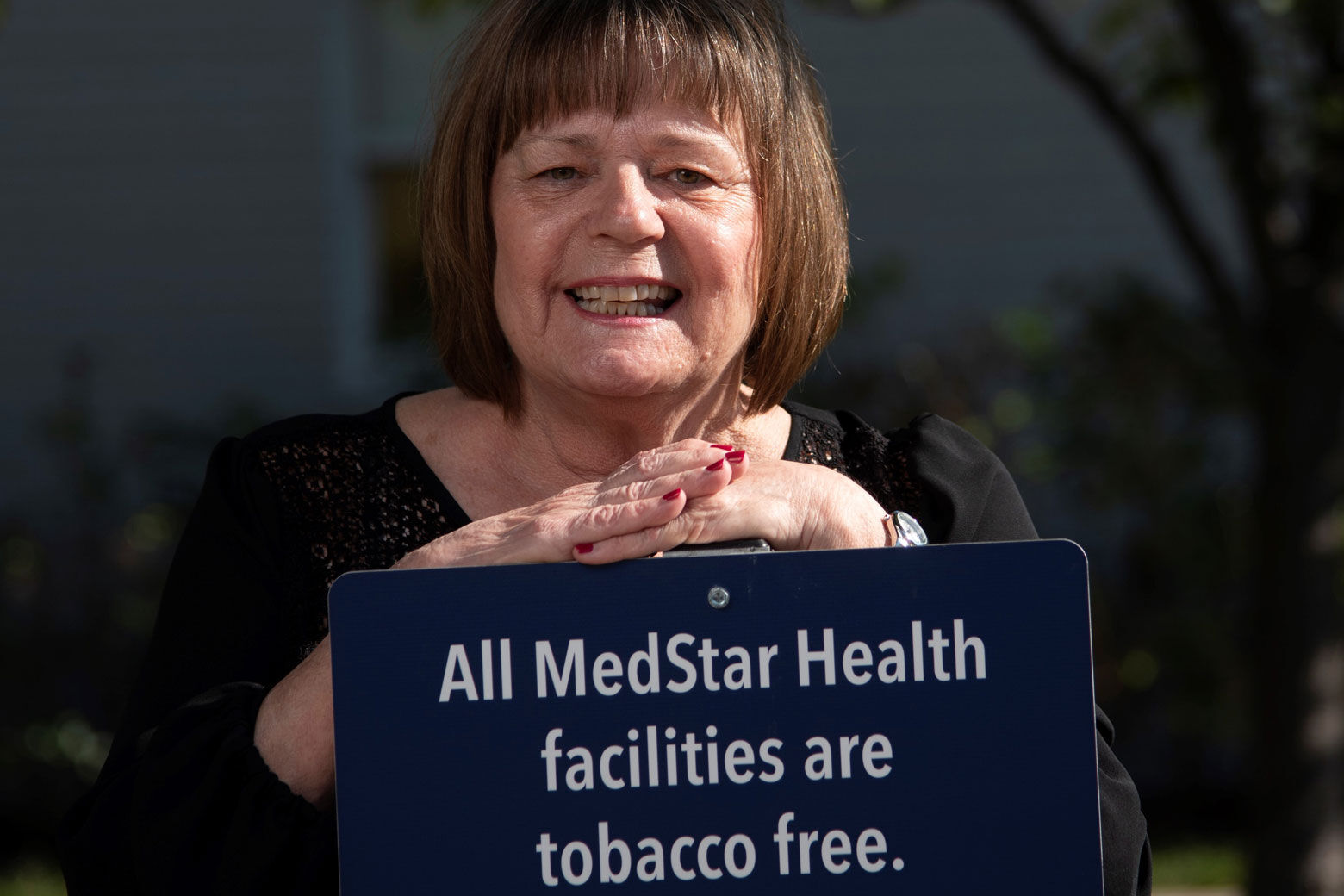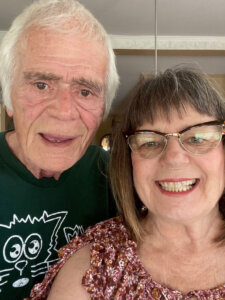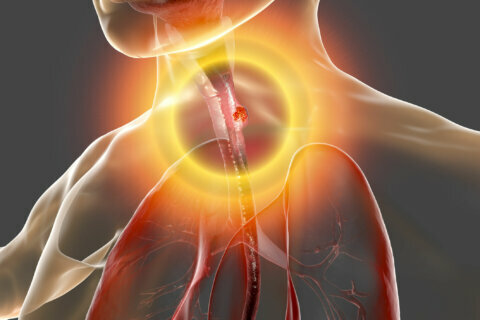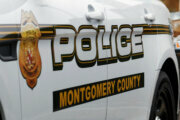
It’s common for insurance to cover mammograms and colonoscopies, but covering lung cancer screenings for those eligible is relatively new — and they do save lives.
“It is amazing,” said Pamela Trombero, of Middle River, Maryland, and she would know.
Trombero went to an emergency room 15 years ago. It turned out all she had was a bad case of gas. But further testing detected that she had lung cancer.
“I was really lucky and blessed to survive,” said Trombero, a former smoker. Now she gives back.
She’s a tobacco treatment specialist and cancer registry coordinator with MedStar Harbor Hospital in Baltimore, and she said, “I teach people to quit smoking. I mentor new patients who have been diagnosed; I try to offer hope to everyone.”
Her husband, Victor, had a similar experience 10 years later.

“I was teaching a class and he was reading all the brochures in the waiting area,” Pamela said. “And he asked me about the flyer for the low-dose lung cancer screening. So we set him up for that. And sure enough, they found a lung nodule five years ago, and he was able to be cured from the cancer by having surgery. ”
The Tromberos’ good outcomes are even more remarkable, considering that by the time most people begin experiencing symptoms that might suggest they have lung cancer, it’s too late to save them. More people die of lung cancer than any other, according to the Centers for Disease Control and Prevention.
“We’re very lucky and fortunate and blessed,” she said. “And we thank God every day,”
Saturday is National Lung Cancer Screening Day.
When should you get screened?
The guidelines for lung cancer screening eligibility for people covered by Medicare were updated early this year. That doubled the number of people eligible for the screening, but only about 10% of those eligible actually get checked out.
The current guidelines call for a yearly lung cancer screening with low-dose CT scans for people who:
- Are 50 to 80 years old and in fairly good health;
- Currently smoke or have quit in the past 15 years, and
- Have at least a 20 pack-year smoking history.
Your pack-year history is the number of packs of cigarettes per day multiplied by the number of years smoked. For example, someone who smoked two packs a day for 10 years has 20 pack-years, as does a person who smoked one pack a day for 20 years.
In addition, it’s important that people who are going to be screened:
- Receive counseling to quit smoking if they currently smoke;
- Have been told by their doctor about the possible benefits, limits, and harms of screening, and
- Can go to a center that has experience in lung cancer screening and treatment.
The American Cancer Society is among groups encouraging lung cancer screening. You can find comprehensive cancer screening recommendations, including suggestions for questions to ask your doctor and advice for people who are uninsured or underinsured, on the group’s website.








